Last Chance to Catch NYC's Holiday Notalgia Train
We met the voices of the NYC subway on our nostalgia ride this weekend!


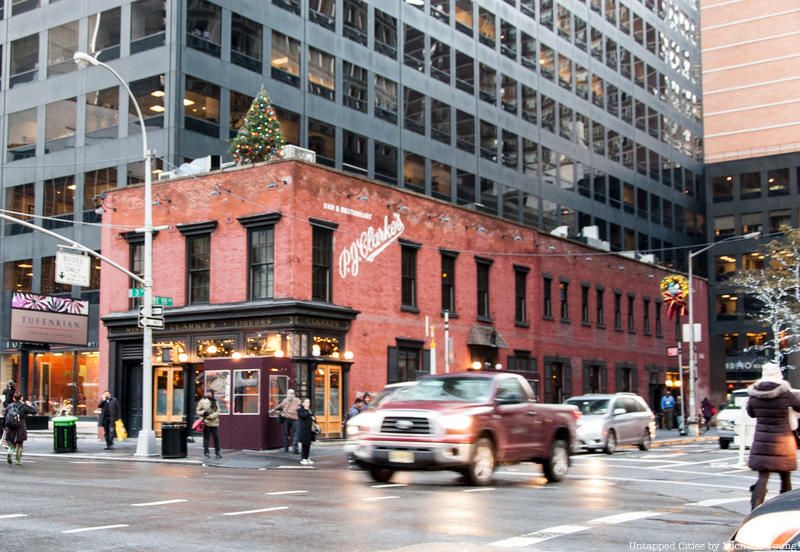
As a thriving commercial and retail center, New York City is home to a colorful array of restaurants. Every day, new establishments seem to materialize overnight, melding into the city’s already diverse urban fabric. Many come and go, but few stand the test of time. This list of historic eateries in New York City is based on Laura Brienza’s book New York’s Historic Restaurants, Inns & Taverns, released just this fall. While the majority of the older establishments can be found in Manhattan, we made sure to mention some places we haven’t covered before, and ensure that the five boroughs were covered. (We’ve already written about Fraunces Tavern and McSorley’s Old Ale House more times than we can count.)
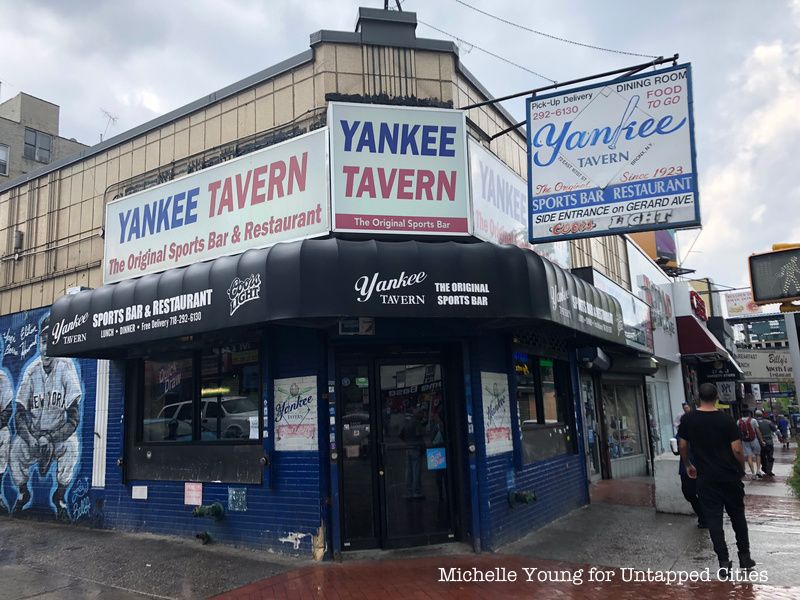
Located across the street from Yankee Stadium, this eponymous tavern opened its doors in 1923, the same year the Yankees won its first World Championship. Since then, it has remained a popular gathering place for sports enthusiasts of all ages. As the “original sports bar” – or so it likes to refer to itself as – the tavern is decorated with historic items that reflect its relationship to baseball: photos of Yankee Stadium, an autographed picture of Joe DiMaggio and a bat signed by Yogi Berra are just some of the things you might come across as you chow down on pub grub like beer and wings. It’s also worth noting that Babe Ruth and Lou Gehrig are just a few players who have frequented the tavern over the years.
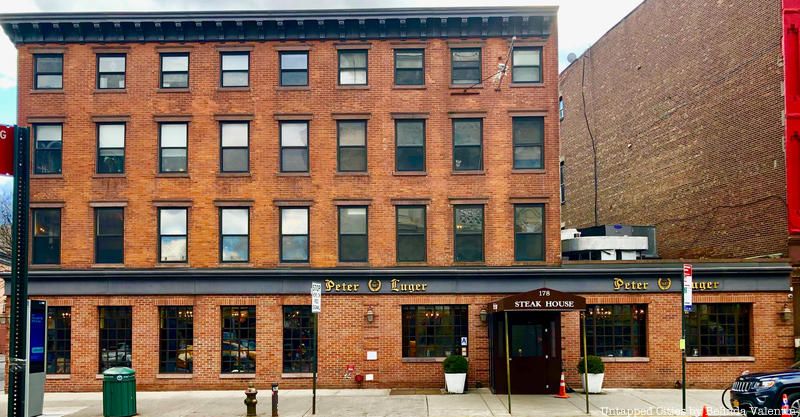
Hungry carnivores salivate at the thought of steak from Peter Luger. The iconic steak house, located in Williamsburg, Brooklyn, first had its start when German immigrant Carl Luger opened the establishment in 1887. Back then, it was known as “Carl Luger’s Café, Billiards and Bowling Alley.” The business adopted its current name after Carl’s son, Peter, took over the chain of command and rebranded it as a steak house.
Following Peter’s death in 1941, the establishment fell into a period of despair; his son, Frederick, lacked the necessary experience and skills to maintain it. Soon enough, it was put up for auction and purchased by Sol Forman, who ran a metal-ware business across the street. (Forman, a longtime patron, reportedly ate two or three steaks there a day).
With the help of his family, he was able to restore Peter Luger back to its former glory. Today, it remains a family operated business, which has been consistently rated the top steakhouse in New York time and time again.
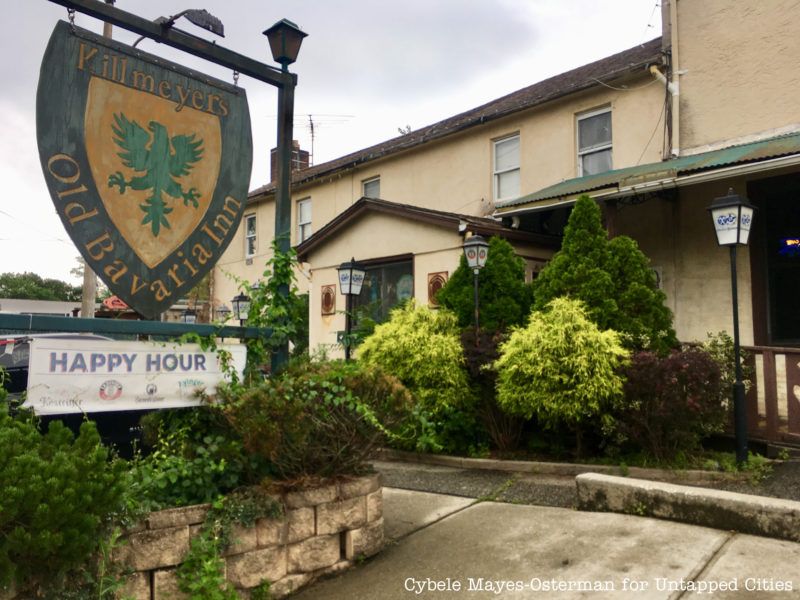
By 1860, about 200,000 Germans had immigrated to New York City, and many chose to settle down in Staten Island. Killmeyer’s Old Bavarian Inn, established in the nineteenth century in the Kresicherville neighborhood, is a lasting vestige of that time period, when Staten Island breweries constituted a major player in the industry before Prohibition. Over the years, the property has operated as a barbershop, a hotel (on the second floor) and a tavern. However, its current owner, Ken Tirado purchased the space with the intention of returning it back to its German roots. In the aftermath of World War I and World War II, anti-German sentiments quickly flooded through the neighborhood (as noted by Brienza in the guidebook Kresicherville was renamed Charleston to appear more Anglo-Saxon), causing businesses with German ties to either close or rebrand themselves. Seeking to fill a void for the German community, Tirado traveled to Munich for inspiration; his establishment now features a menu of classic German fare (schnitzels, goulash, brisket, etc.), and is based off of the aesthetic of German breweries and beer gardens.
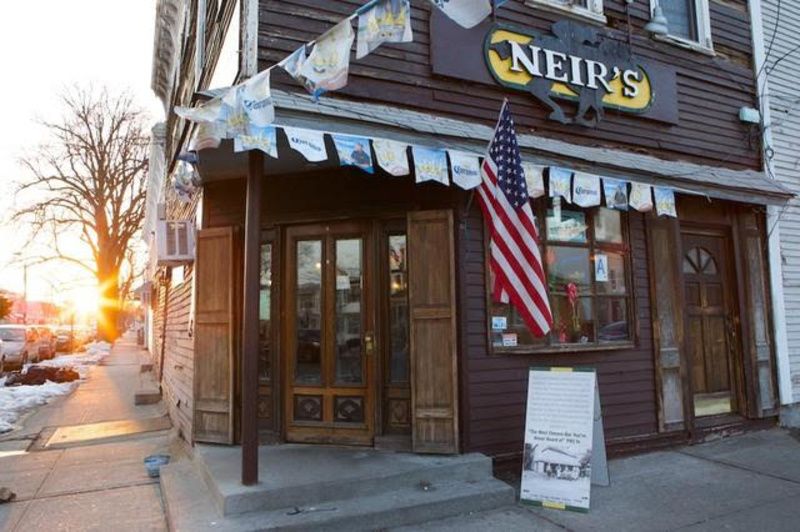
Photograph Courtesy of Neir’s Tavern
As a lasting testament to the history of Woodhaven, the sign on the facade of Neir’s Tavern depicts the silhouette of a person riding on a horse. That’s because the bar was founded next to New York’s Union Course, a four mile horse racing track constructed in 1821. Located between present-day Jamaica Avenue on the north, Atlantic Avenue on the south, 78th Street on the west, and 85th Street on the east, Union Course came to be known as the most important race track in America.
Neir’s Tavern (founded as Old Abbey) opened its doors to the public eight years after the track was established; it gave rowdy horse racing fans a place to congregate and drink, and was known by several different names during the course of its history, including Blue Pump Room, Neir’s Social Hall and Union Course Tavern. It became particularly disorderly as tensions between the North and South grew, leading all the way up to the war. During this period, Neir’s was a hot bed for “thieves” and the “unscrupulous type,” according to its current owner.
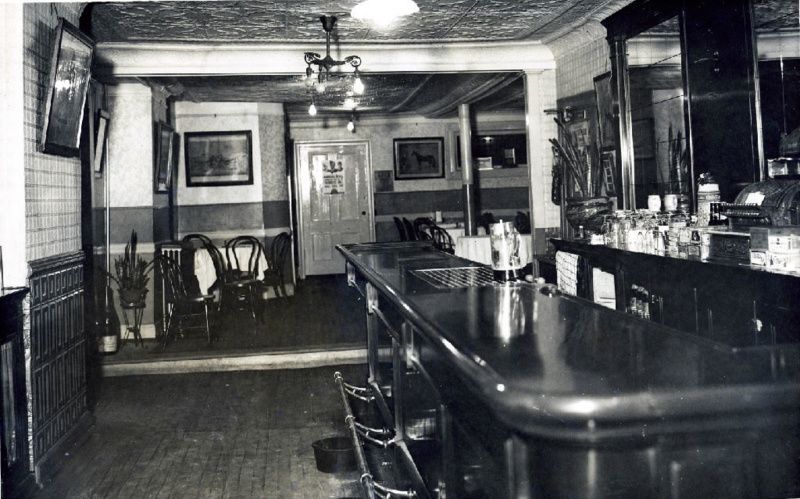
Photograph Courtesy of Neir’s Tavern
Towards the end of the 19th century, the tavern came under the ownership of Louis Neir, who added a bowling alley and ballroom to the establishment; the Neir family ran the business from 1898 to 1967, before another family took over until 2009. Then in 2010, the tavern re-opened, following a major renovation. Although it’s not quite as popular as it used to be, Neir’s has its own unique place in popular culture: scenes from Goodfellas and Tower Heist were filmed there and Mae West reportedly frequented the bar.

In the midst of all the concrete and steel, P.J. Clarke’s stands out like a big, brick-red thumb. It’s where you can grab a classic burger and feel waves of nostalgia float over you as you sip on a cold beer.
The original building on 3rd Avenue dates back to 1868. Back then, the restaurant – known at the time as Hennings – was owned by Mr. Jennings (his first name is a mystery). P.J Clarke, an immigrant from Ireland, tended the bar under its second owner for years, until he bought the restaurant in 1912. The Lavezzos family then purchased the property in 1948, securing a 99-year lease, which would have saved the business from developers had the family not gone bankrupt.
More recently, restaurateur Philip Scotti and Arnold Penner, with the help of a team of investors, joined forces to save the renowned establishment from extinction. Today, P.J. Clarke’s continues to remain true to its roots: the menu features classic American fare; the tables are cover in red-and-white-checkered tablecloths and old photos line the walls. The timeless atmosphere is perhaps what drew celebrities like Elizabeth Taylor, Jackie Kennedy Onassis, Nat King Cole and Frank Sinatra, among many others, through its doors.
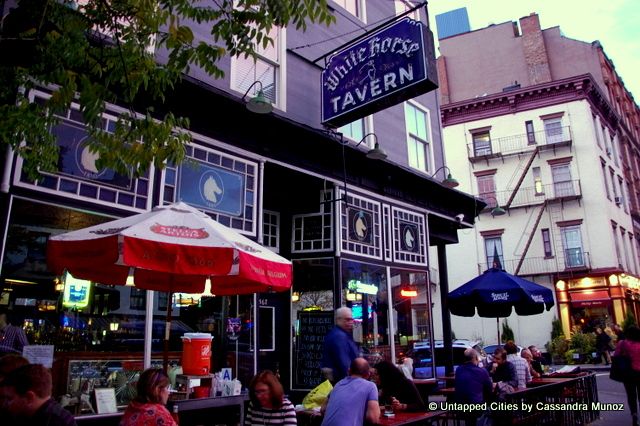
Since 1880, the White Horse Tavern has remained a fixture in Greenwich Village. The bar, which isn’t too keen on “people under twenty-five,” originally attracted longshoremen who worked at the Hudson River Piers. In the mid-twentieth century, however, it became a choice hotspot for musicians and writers – most notably Beat Generation writers like Allen Ginsberg and Jack Kerouac and Welsh poet Dylan Thomas, who died at the age of 39 after downing 18 whiskies at the tavern on November 9, 1953.
While the cost of living has gone up drastically since the 1950s, the White Horse Tavern still maintains its “working class vibe.” It’s old and a bit run-down, but iconic nonetheless. Expect standard pub grub like burgers and sandwiches, including the grilled cheese, which, as Brienza points out in the guidebook, is excellent.
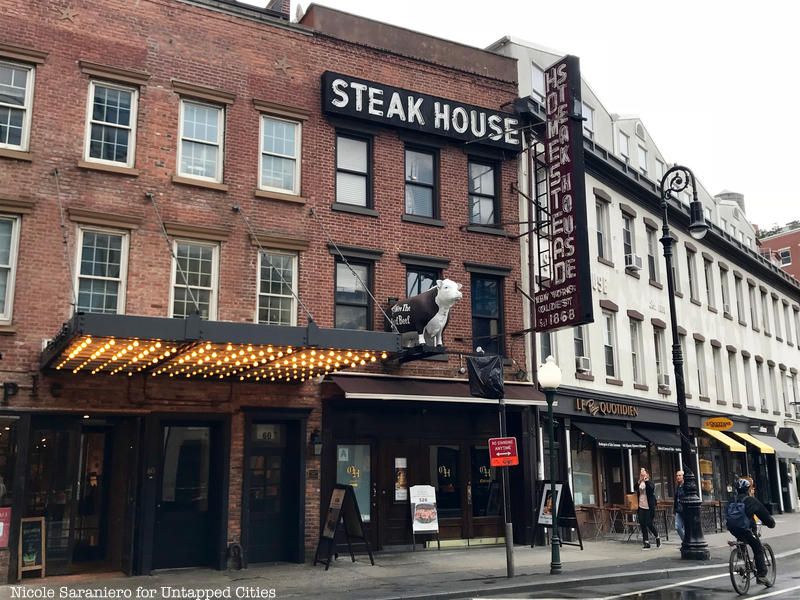
If you’ve ever wandered into the Meatpacking District, you’ve probably seen the cow perching above the awning of the Old Homestead Steakhouse (her name is Annabelle). Many things have changed in the neighborhood within the last century. Once upon a time, butchers with slaughterhouses, meatpacking plants and butchers with blood stained aprons populated the area. But one could never guess that by looking at the cultural hub it is today. The variety of businesses, restaurants and attractions like the Whitney Museum and the High Line have transformed the meatpacking district into a trendy destination for tourists and locals alike.
One thing that has remained relatively the same is the Old Homestead Steakhouse, which prides itself on its USDA prime cuts of beef. Roughly seven decades ago, a dishwasher named Harry Sherry became the owner of the business, which was later taken over by his grandsons Greg and Marc; to this day, they remain in charge as partners of the thriving culinary enterprise that has since expanded to Atlantic City, Las Vegas and Japan (soon-to-come). In keeping with the bovine theme, each restaurant has its own distinct cow centerpiece. (Annabelle’s sister can be found in Las Vegas and a Julian Schnabel painting of Annabelle is in Atlantic City).
Fun fact: Old Homestead is also responsible for designing Lady Gaga’s 2010 MTV Video Music Awards meat dress (yes, you read correctly).
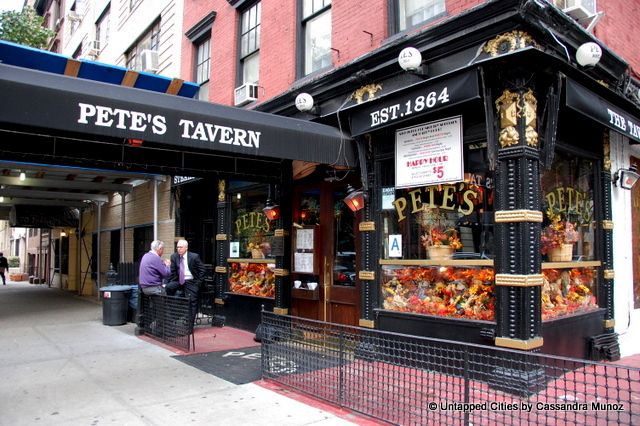
The building that houses Pete’s Tavern dates all the way back to 1829. At the time, it was known as the Portman Hotel, and the tavern’s second room served as a horse stable. It wasn’t until 1864 that the site officially became a drinking establishment. For a short period of time, however, it was known as Healey’s Cafe, after Tom and John Healy who purchased the building in 1899. Three years later, Peter D’Belles became its new owner, and the name “Pete’s Tavern” has stuck ever since.
Throughout its lengthy history, Pete’s has had some interesting claims to fame. Ludwig Bemelmans, who penned Madeline, ordered from there almost every night, accompanied by his wife (Madeline) and daughter. Similarly, William Sydney Porter, known by his pen name O. Henry, wrote Gift of the Magi while sitting in the tavern’s first booth. You many also recognize its familiar decor from other notable productions, including Seinfeld, Law and Order and Sex and the City, just to name a few.
Another fun fact worth mentioning revolves around Tammany Hall, the Democratic Party’s unofficial headquarters. Because it was located right around the corner from Pete’s, not-so-legal business deals and other meeting often took place inside the tavern, and people knew to stay clear. It no longer holds the same reputation, so next time you’re in the area, make sure to pay a visit. You might want to check out the entranceway of its second room, where a set of hinges can be spotted. That’s where a fake refrigerator door once stood that separated the front room flower shop from the back room, which freely served alcohol during Prohibition.

Located on the corner of 10th Street and Waverly Place, Julius is the city’s oldest gay bar. Although it refused to operate as such before 1966, gay patrons would frequently gather at this location before The Stonewall Inn. In a past life, the building once served as a grocery store, a betting bar and a speakeasy during Prohibition. However, it is most well known as the site of the 1966 “Sip-In,” staged by the New York Chapter of the Mattachine Society.
With a mission to change the legal landscape, four men, led by Mattachine President Dick Liestch, went in search of a bar, where they planned to announce their status as gay men in order to be denied service. This would ultimately give them enough premise to sue the State Liquor Authority.
After three unfruitful attempts at other bars, the group entered Julius on April 21, 1966 and successfully carried out the mission. The Mattachine Society won the case that consequently unfolded. While this action did not officially change any laws, it did set the precedent for a growing movement in the years to come. New York City’s Commission on Human Rights also declared that gay people could not be refused service.
Read more about notable LGBT sites in New York City.
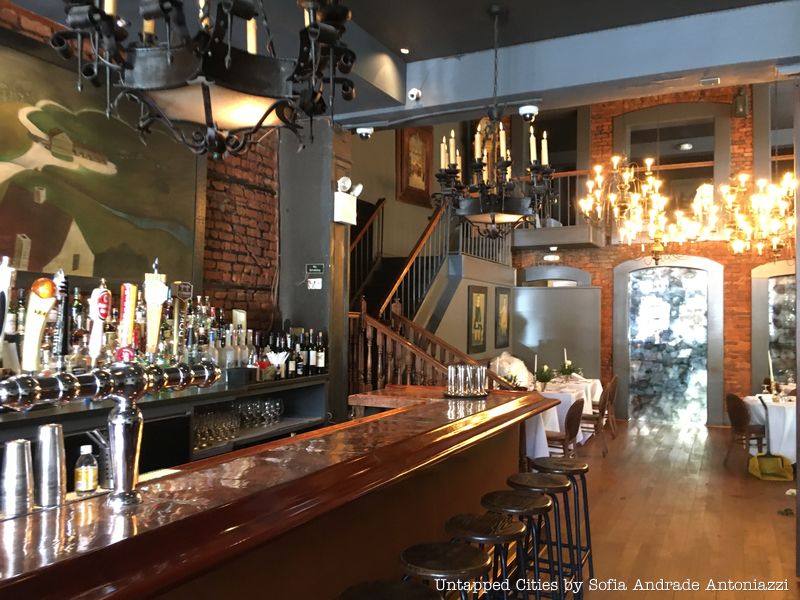
One If By Land, Two If By Sea is a candlelit dining establishment today, but it didn’t always have such a romantic past. It was once a silent movie theater, and before that, it served as Aaron Burr’s carriage house. In fact, there are replicas of Hamilton’s and Burr’s dueling pistols in the small dining room upstairs. The name, if you haven’t already guessed it, is a nod to Paul Revere, who famously instructed Robert Newman, the sexton of the North Church, to warn the community that the British were coming by using lanterns as signals: one indicated they were approaching by foot, and two, by boat.
Get the book New York’s Historic Restaurants, Inns & Taverns. Next, check out 10 of the Oldest Surviving Bars in NYC and 15 Vintage NYC Restaurants, Bars and Cafes.
Subscribe to our newsletter